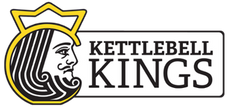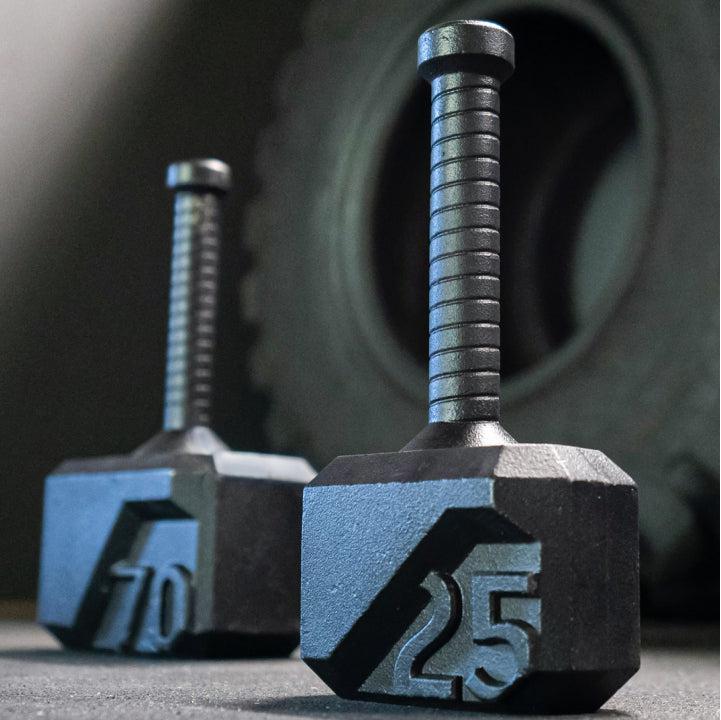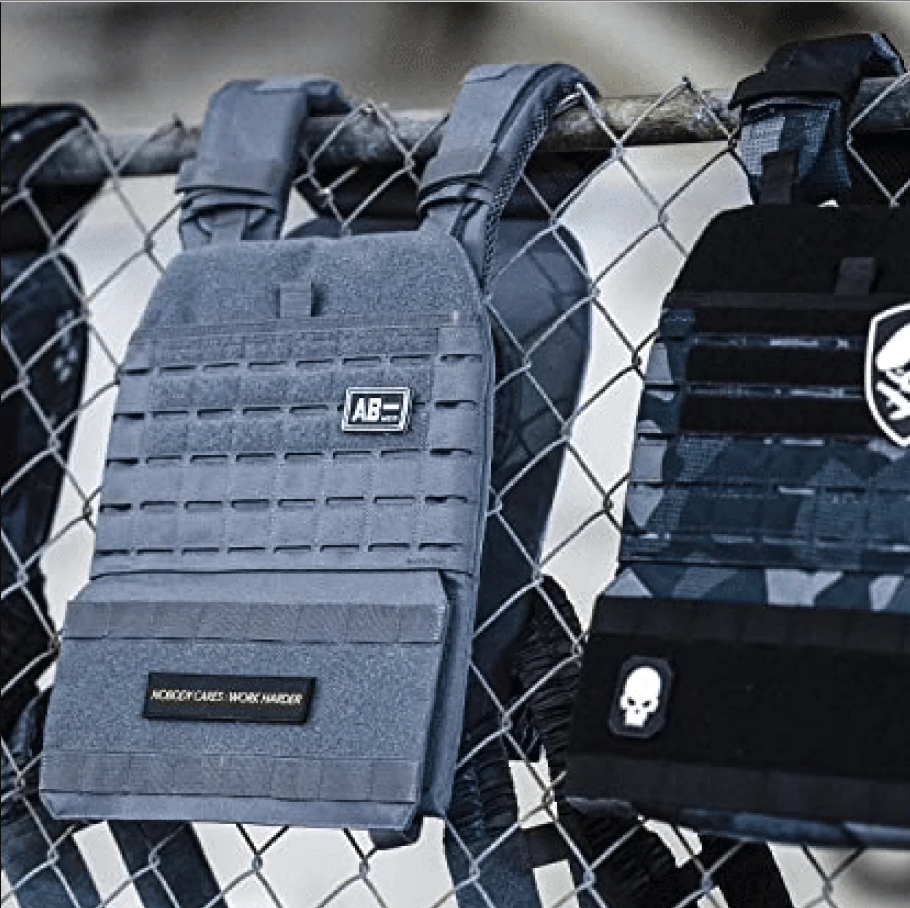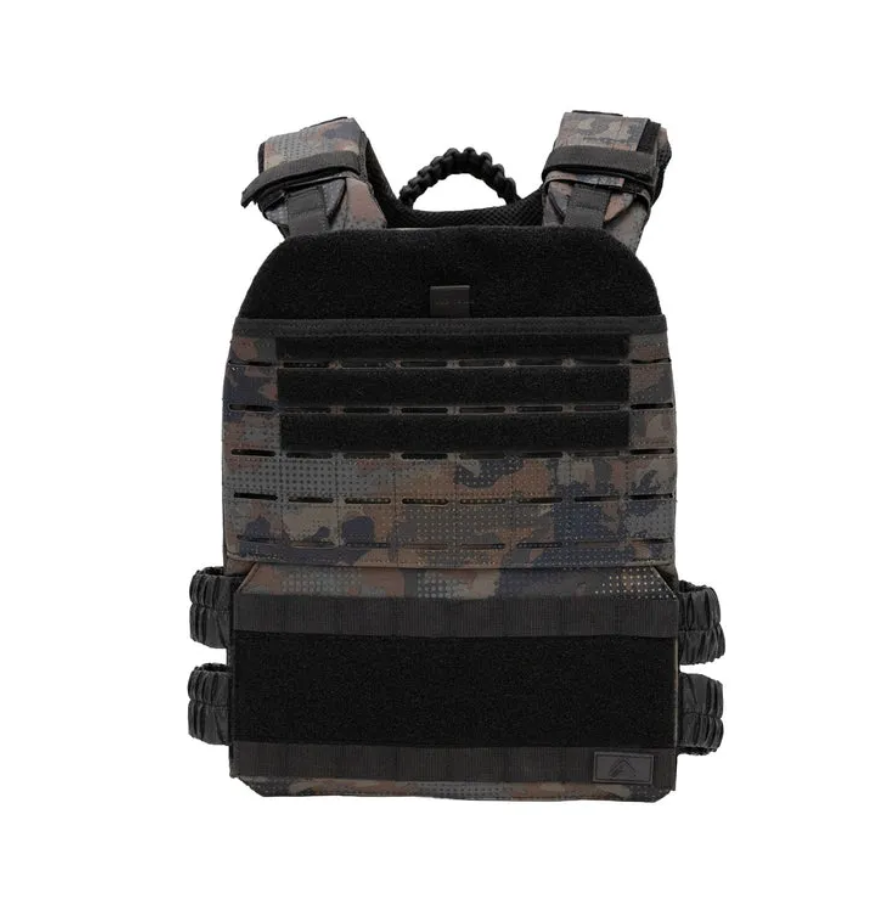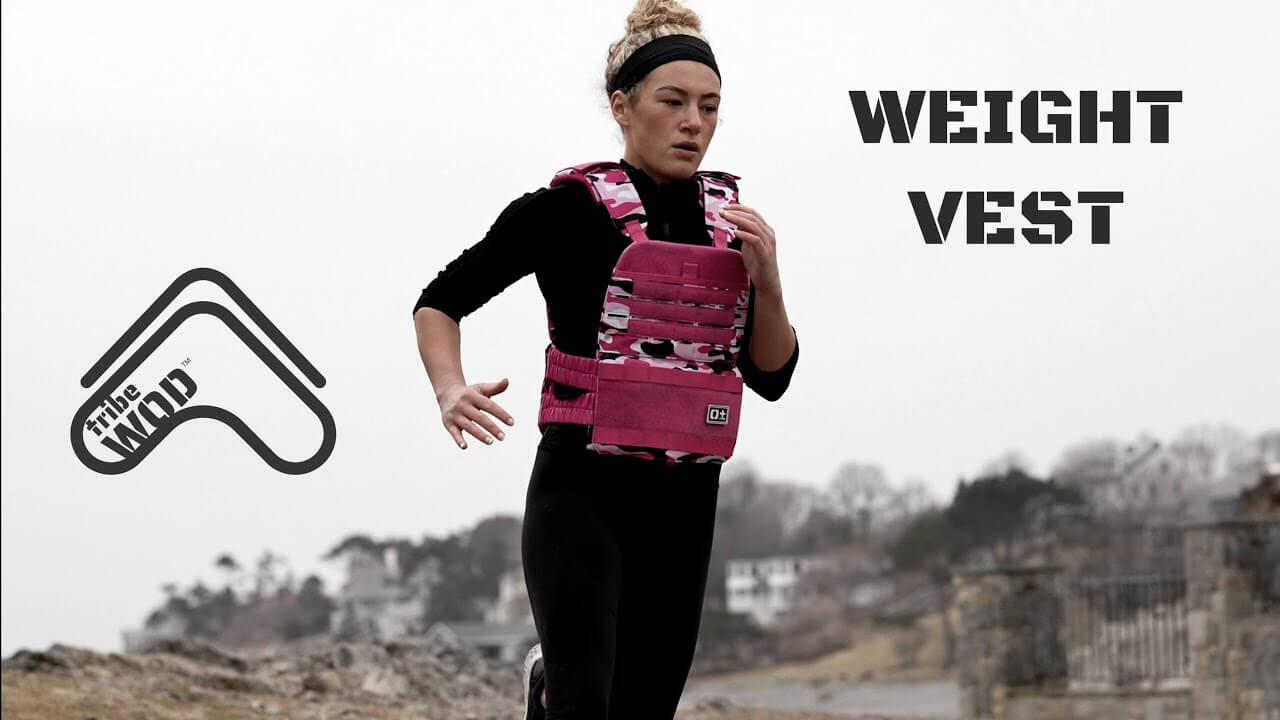Weighted vests have become a ubiquitous accessory in fitness routines, offering a dynamic way to intensify workouts. As the popularity of these vests rises, questions emerge regarding their suitability for different age groups and fitness levels. This guide aims to explore the considerations involved in choosing and using weighted vests across various demographics.
In the dynamic realm of fitness, enthusiasts are constantly seeking innovative ways to elevate their workouts. One such tool gaining widespread recognition is the weighted vest. This unassuming accessory, equipped with pockets for adding extra resistance, has become a staple for those aiming to intensify their exercise routines. As the popularity of weighted vests grows, so do questions about their suitability for individuals of varying ages and fitness levels. In this comprehensive guide, we'll delve into the nuances of using weighted vests, exploring age considerations, fitness level adaptations, expert perspectives, and the latest findings from scientific studies.
How does a weighted vest work?
Before we dive into the intricacies, let's establish a fundamental understanding of what weighted vests are and how they function. At its core, a weighted vest is a versatile piece of fitness equipment designed to enhance bodyweight exercises by adding an extra challenge. Crafted with pockets for inserting weights, these vests allow users to customize the load according to their fitness goals. Whether you're a seasoned athlete or a fitness novice, the weighted vest offers a dynamic approach to strength training, endurance workouts, and beyond.
The adjustable load feature allows users to customize the resistance, making them suitable for various fitness levels. Whether engaging in bodyweight exercises or cardio activities, the vest increases intensity, fostering strength and endurance gains. Additionally, wearing a weighted vest during weight-bearing exercises can stimulate bone density, while its versatility makes it a valuable tool for individuals seeking a dynamic approach to their fitness routines.
Age Considerations
Children and Adolescents
When it comes to incorporating weighted vests into the routines of children and adolescents, a cautious approach is essential. Ensuring the safety and well-being of the younger demographic is paramount, given the ongoing development of their bones and joints. While studies suggest potential benefits, such as improved bone density and muscle development, it is crucial to exercise prudence and restraint. Supervision by knowledgeable adults, adherence to age-appropriate exercises, and a gradual introduction to the use of weighted vests are vital considerations for a balanced and safe fitness experience for the younger age group.
Dr. Jane Smith, a pediatric sports medicine specialist, emphasizes that while weighted vests can be beneficial for children and adolescents in certain situations, care must be taken to avoid excessive strain on growing bones and joints. Studies published in The American Council on Exercise, ACE have shown that supervised and moderate use of weighted vests can contribute to improved bone density and muscle development in young individuals
Sarah Johnson, a certified pediatric fitness trainer, suggests that incorporating weighted vests into structured and supervised youth fitness programs can be beneficial, but it should always be done under the guidance of a qualified trainer or healthcare professional.
Adults and Seniors
For adults and seniors, the incorporation of weighted vests into fitness routines hinges on a nuanced understanding of individual fitness levels and joint health. As individuals progress through adulthood and into their senior years, factors such as joint resilience and overall fitness become pivotal considerations. Weighted vests offer a versatile means of resistance training for adults, promoting muscle strength and functional capacity, as suggested by research from the American College of Sports Medicine (ACSM, 2019). However, it's crucial to approach their use with a discerning eye, ensuring that the added resistance aligns with one's current physical condition.
Joint health is a paramount concern, particularly among seniors who may experience age-related changes. Dr. Emily Carter, an orthopedic specialist, underscores the importance of a judicious approach. She recommends selecting low-impact exercises and paying meticulous attention to form to mitigate stress on the joints. The adaptability of weighted vests allows for tailored adjustments, accommodating the needs of individuals with varying joint conditions. A comprehensive fitness program for seniors, incorporating the use of weighted vests, may contribute to maintaining muscle mass, enhancing bone density, and promoting overall well-being.
Fitness Trainer Perspective: Mark Davis, a seasoned fitness trainer, recommends weighted vests for seniors but emphasizes the need for proper assessment and gradual progression. "It's about finding the right balance between challenge and safety," says Davis.
Fitness Level Considerations
Beginners
Weighted vests can benefit beginners by adding resistance to bodyweight exercises. These vests serve as an effective tool for introducing resistance to bodyweight exercises, offering a gradual and scalable approach to strength training.
By wearing a weighted vest during exercises like squats, lunges, or push-ups, beginners can intensify these foundational movements, promoting muscle engagement and gradual improvement. The adjustable nature of the vests allows beginners to start with lighter loads, providing a scalable approach to strength training that aligns with individual fitness levels. The gradual incorporation of weighted vests into the routine enables beginners to challenge themselves progressively and embark on a rewarding fitness journey.
Emma Rodriguez, a certified personal trainer, recommends starting with bodyweight exercises like squats and lunges before progressing to more complex movements. "Form is crucial, especially for beginners. The vest should enhance, not compromise, your movements," Rodriguez advises.
Intermediate and Advanced Users
For individuals with intermediate to advanced fitness levels, the use of weighted vests becomes a strategic tool for implementing progressive overload. Progressive overload is a fundamental principle in strength training, involving the gradual increase of resistance to continually challenge the muscles and promote growth. Weighted vests offer a dynamic way to achieve this by allowing users to incrementally increase the load on their bodies, making familiar exercises more challenging.
Intermediate and advanced users can leverage the versatility of weighted vests to intensify various movements, including bodyweight exercises, and cardiovascular activities. This heightened resistance not only enhances the difficulty of workouts but also stimulates greater muscle engagement. The ability to adjust the weight in increments ensures a customized approach, catering to the specific needs and goals of users with varying levels of fitness proficiency.
A study published in the Journal of Strength and Conditioning Research found that incorporating weighted vests into resistance training for advanced users led to significant improvements in strength and power Fitness
James Turner, an advanced strength and conditioning coach, suggests incorporating weighted vests strategically. "Focus on compound movements like deadlifts and squats, and periodically reassess the intensity. It's a tool to enhance performance, not replace good training principles."
Health Conditions and Restrictions
Joint Issues
For individuals grappling with joint issues, a cautious approach to the use of weighted vests is imperative. Joint health is a critical consideration, and those with pre-existing conditions should be mindful of the potential impact of added resistance. If joint issues are present, it is recommended to opt for low-impact exercises that minimize stress on the joints. The adaptability of weighted vests allows for customization, enabling individuals to choose exercises that are gentle on the joints while still providing an effective workout. Listening to one's body and being attuned to any discomfort or strain is essential, as individuals can then modify their exercises accordingly. By taking a mindful and individualized approach, individuals with joint concerns can still leverage the benefits of weighted vests while prioritizing joint health and overall well-being.
Dr. Emily Carter, an orthopedic specialist, highlights the importance of low-impact exercises and proper form to minimize stress on joints. "Listen to your body and consider alternatives if you experience pain or discomfort," advises Dr. Carter.
Existing Medical Conditions
For individuals with pre-existing health conditions, seeking guidance from healthcare professionals is paramount. Whether managing chronic conditions, orthopedic concerns, or cardiovascular issues, consultation with a healthcare provider ensures that the use of weighted vests aligns with individual health considerations. Weighted vests, when integrated into exercise routines, can potentially offer benefits, but personalized advice is essential to navigate potential risks. This proactive approach allows individuals with existing medical conditions to explore the potential benefits of weighted vests while prioritizing their overall well-being and safety.
A study in the Journal of Exercise Rehabilitation found that supervised exercise, including the use of weighted vests, can be beneficial for certain medical conditions, but individualized guidance is essential.
Dr. Michael Harris, a sports medicine physician and fitness trainer, underscores the necessity of medical clearance. "Weighted vests can be beneficial, but only when integrated into a well-designed program that considers individual health status."
Guidelines for Safe Use
Proper Form
Proper form is of paramount importance when utilizing weighted vests to prevent injuries and maximize effectiveness. Maintaining good posture and alignment during exercises is crucial. It is advised to start with simple movements and gradually progress to more complex exercises as strength and familiarity with the equipment increase. Attention to body mechanics, including proper joint alignment, can contribute to a safe and productive workout. Additionally, incorporating rest periods and paying attention to any signs of discomfort or fatigue are fundamental aspects of safe and effective weighted vest use.
Gradual Progression
The principle of gradual progression in incorporating weighted vests into a fitness routine is fundamental and cannot be overstated. Gradual progression involves starting with a manageable weight load and systematically increasing it over time as the body adapts to the added resistance. This approach allows individuals to acclimate to the increased intensity, reducing the risk of overexertion or injury. Whether for beginners, intermediate, or advanced users, this principle serves as a guiding philosophy, ensuring a steady and sustainable advancement in the intensity of workouts. By adhering to the concept of gradual progression, individuals can maximize the benefits of using weighted vests while minimizing the potential for strain or fatigue.
Dr. Lisa Turner, a fitness expert, advocates for a patient and gradual approach. "It's not a race. Slow and steady progression allows your body to adapt and reduces the risk of overuse injuries," says Dr. Turner.
Benefits Across Age Groups
Children and Adolescents
The incorporation of weighted vests into youth fitness programs brings about potential benefits, particularly in the realms of improved bone density and muscle development for children and adolescents. The added resistance provided by the weighted vests introduces a controlled challenge to their physical activities, contributing to enhanced muscular engagement. In the context of bone density, the targeted exercises undertaken with these vests may stimulate skeletal development, fostering stronger and healthier bones as young individuals grow. While it is crucial to approach such programs with caution, ensuring proper supervision and age-appropriate exercises, weighted vests have the potential to play a positive role in promoting physical well-being in the younger demographic.
In a comprehensive exploration conducted by American Bone Health on March 20, 2019, the potential benefits of weighted vests for bone health come to light.
Adults
For adults, integrating a weighted vest into their fitness routines offers a spectrum of benefits, ranging from heightened calorie burn to improved strength and cardiovascular health. The added resistance provided by the vest necessitates greater energy expenditure during physical activities, thereby boosting overall calorie burn. In terms of strength enhancement, the additional load serves as a catalyst for muscle engagement, promoting the development of strength and endurance over time. Furthermore, the cardiovascular system is stimulated as the heart works more vigorously to meet the increased demands of exercises performed with the added weight. By incorporating weighted vests strategically, adults can tap into these multifaceted advantages, fostering a holistic approach to fitness that addresses both strength and cardiovascular components.
Seniors
In the context of seniors, maintaining bone density and muscle mass emerges as a key focus, and weighted vests can play a beneficial role in achieving these objectives. Targeted exercises, when augmented with the use of weighted vests, create a conducive environment for preserving bone density and sustaining muscle mass. The additional resistance prompts the skeletal system and muscles to work more robustly, which, over time, can contribute to improved balance, reduced risk of falls, and enhanced functional capacity in daily activities. This emphasis on maintaining physical integrity aligns with the broader goal of supporting overall well-being in the senior population. Weighted vests, when used judiciously, become valuable tools in promoting longevity, independence, and a sense of vitality among seniors.
Conclusion
In conclusion, the use of weighted vests is a valuable addition to fitness routines across various age groups and fitness levels. However, it is imperative to approach their use with caution, seeking guidance from healthcare professionals and certified fitness trainers. Understanding individual needs, maintaining proper form, and embracing gradual progression are key to unlocking the benefits of weighted vests safely and effectively. By navigating these considerations thoughtfully, individuals can harness the potential of weighted vests to elevate their fitness journeys.
This comprehensive guide delved into considerations for using weighted vests across different age groups and fitness levels. From children to seniors, the adjustable and versatile nature of these vests provides a valuable tool for enhancing strength, cardiovascular health, and overall well-being. The guide emphasized safety guidelines, expert perspectives, and the nuanced approach required for the effective and enjoyable use of weighted vests in diverse fitness regimens. As users navigate these considerations, they can make informed choices, ensuring a balanced and rewarding fitness journey with the weighted vest as a valuable ally.
